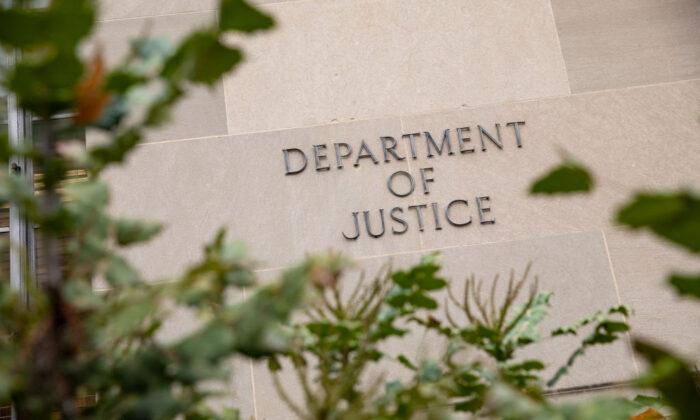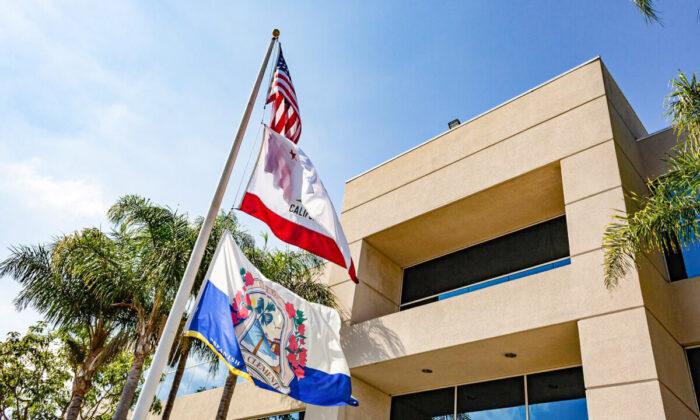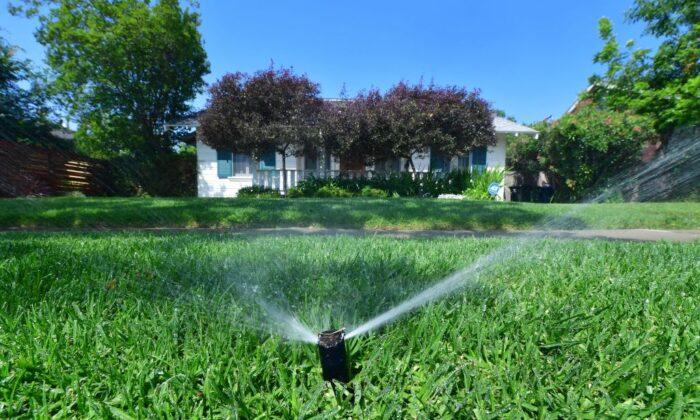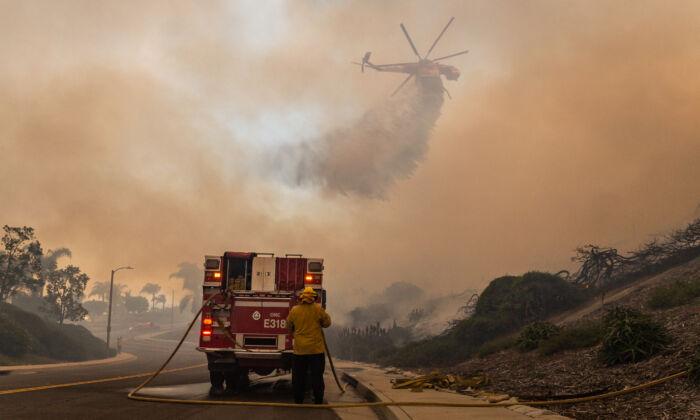HUNTINGTON BEACH, Calif.—Hundreds of sick and dying brown pelicans from various Southern California counties are flocking to the coastlines and inland lakes in what experts call an “unusual” mass-stranding event.
While Orange County care centers have seen dozens come through their doors, Los Angeles, Santa Barbara, and Ventura counties have seen hundreds more.
“We’re all just trying to figure it out right now,” Debbie McGuire, executive director of Wetlands and Wildlife Care Center, told The Epoch Times. “We don’t have an answer to what’s going on, but it’s making us all sad.”
McGuire said the care center began receiving the seabirds en masse on May 13 from around eight animal control agencies. Approximately four dozen brown pelicans from Orange, Riverside, and San Bernadino Counties have since arrived emaciated, hypothermic, and starving.
“They’re just coming in droves,” she said, as more seabirds were on the way to the care center.

Within the first two hours of admission, at least 20 birds died. Two also arrived with oil on their bodies, and another died on arrival.
Experts can tell when a pelican is sick by approaching the bird. If it stays still and doesn’t flush or move away when contacted, it indicates the pelican needs care.
A California Fish and Wildlife Department spokesperson told the Los Angeles Times in a statement that they are “aware of reports of an increased number of sick and dying brown pelicans in Southern California.”
“We are working quickly to receive some carcasses so we can perform necropsies at the department’s Marine Wildlife Veterinary Care and Research Center and the Wildlife Health Laboratory,” Fish and Wildlife spokesperson Tim Daly said in the statement. “Until information on the cause of death is available, we are unable to provide a likely cause of this problem.”
However, McGuire of the Wetlands and Wildlife Care Center said one hypothesis that scientists and biologists agree upon is that birds have been suffering from higher than usual winds above the ocean, making foraging for fish increasingly difficult.
“The gale force is disrupting the way they forage,” she said. “If there’s a lot of whitecaps out there and a lot of wind, it makes it hard for them to fly, maneuver, and dive to get the fish.”
Otherwise, the event poses a strange occurrence for experts because the “fish stock is stable,” McGuire said.

State and national labs have tested fish populations for viruses and toxins such as avian influenza and domoic acid poisoning. The results are still pending.
“I hope we get answers soon,” said McGuire.
Care center technicians are giving the birds supportive care with IV fluids, Pedialyte, vitamins, and food. Pelicans that have received support are improving and regaining their weight, with lab work showing anemia and low protein levels improving.
According to the Wetlands and Wildlife Care Center, seabirds also suffer a heavy toll when oceans are polluted and overfished.
Studies suggest global seabird numbers have dropped nearly 70 percent since the 1950s.
Southern California coastlines have seen several pelican mass-stranding events occur over the last twenty years, in 2001, 2010, 2012, and 2018.

In 2009, the U.S. Endangered Species List delisted brown pelicans. However, when large numbers of seabirds suffer from starvation, nesting failures, or wetland and marine toxins, environmentalists fear for the species’ longevity.
“It’s very upsetting for those of us who love pelicans,” McGuire said.





